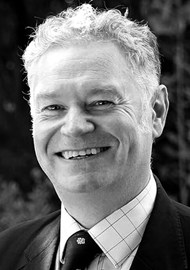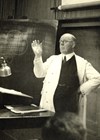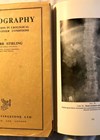In this series of articles I am going to show you some of the exhibits contained in the Museum of Urology, hosted on the BAUS website (www.baus.org.uk).
In this article, we are looking at an American urologist whose story was, I thought, well known to me until a fellow historian pointed out his connection with America’s ‘Wild West’ and my mental picture of this 19th century frock-coated surgeon completely changed. I tasked Sanya Caratella, a urology trainee in Leicester, to find out more.
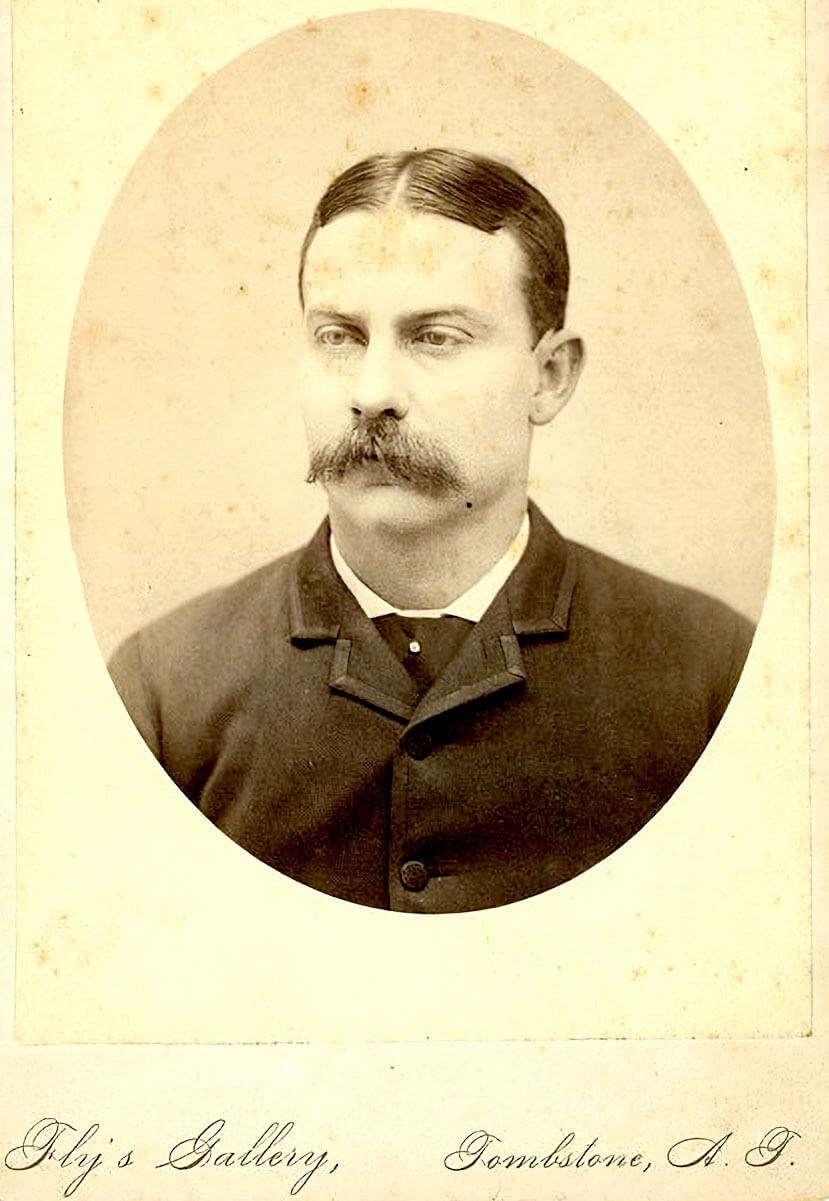
Figure 1: George Goodfellow, photograph by the Tombstone photographer
Camillus Fry, around 1881. Image is in the public domain.
Dr George Emery Goodfellow (1855-1910) (Figure 1) is well known in the history of urology as a pioneer of early prostatectomy but, is also known as the ‘gunfighter’s surgeon’ and is regarded as the first civilian trauma surgeon in the United States. He spent a proportion of his career in Tombstone, Arizona, site of the infamous gunfight at the OK Corral.
Born in Downieville, California to doctor-turned mining engineer Milton J and Amanda Buskin Goodfellow, George grew up around Gold Rush mining camps with a deep interest in both mining and medicine. He initially studied civil engineering for a year at the University of California, Berkeley before securing a coveted spot at the United States Naval Academy in Annapolis, Maryland in 1872.
His military career was bought to an abrupt halt after Goodfellow, the school boxing champion, was dismissed following reports of ‘hazing’ John Conyer, the school’s first African American recruit. Although Goodfellow denied any wrongdoing and Conyer was unable to identify any of his attackers, the review board concluded that Conyer’s “persecutors are left then without any excuse or palliation except the inadmissible one of prejudice.”
Goodfellow decided to pursue medicine instead and in 1876 graduated from the University of Wooster medical school with honours and in the same year married Katherine Colt. Ironically, she was cousin to Samuel Colt, inventor of the Colt revolver, the most infamous gun of the ‘Wild West’. Along with the Winchester rifle these, Goodfellow later said, were “the toys with which our festive or obstreperous citizens delight themselves.”
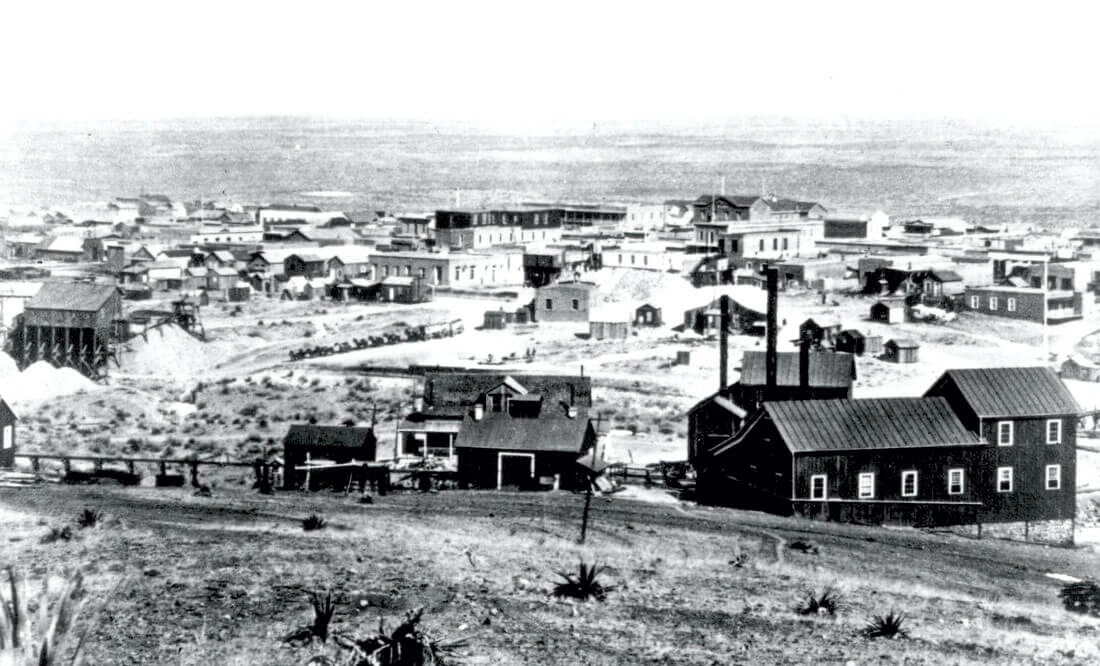
Figure 2: Tombstone, photograph by the Tombstone photographer
Camillus Fry, around 1881. Image is in the public domain.
Initially working as the company doctor for the Peck Mine Company, where his father was an executive, in Yapavai County, Arizona, he subsequently joined the US army as an assistant surgeon at Fort Whipple in Prescott and later at Fort Lowell near Tucson. Due to a delay in orders he luckily missed joining Custer at the fatal Battle of Little Bighorn. In 1880, the Goodfellows relocated to Tombstone, Arizona (Figure 2) where he opened his own medical practice on the second floor of the famed Crystal Palace Saloon.
Tombstone was a dangerous frontier town, which had only been founded in 1879 following the discovery of silver. By the time Goodfellow arrived the population had already boomed to over 1000. It was the scene of considerable conflict following the Civil War. This conflict was rife between local outlaws known as ‘cowboys’, who were mainly democrats from the southern states and others, including lawmen, businessmen and mine owners, who were largely republicans from the northern states. However, it was just this conflict that allowed Goodfellow to develop his surgical skills and to research gunshot wounds; he later described Tombstone as the “condensation of wickedness”.
George Goodfellow treated deputy US marshals Virgil and Morgan Earp following the legendary OK Corral shootout on 26 October 1881. This took place between the Earp brothers (US lawmen) and Doc Holiday and the Clanton-Mclaury cowboys. Famously, the shootout lasted only 30 seconds during which 30 shots were fired. The Earps were accused of murder. Goodfellow testified in court that Billy Clanton’s wounds did not indicate that he had been surrendering as claimed by the cowboys; his testimony helped to exonerate them, the judge ruling that they had acted in self-defence.
Goodfellow pioneered the practical use of sterile techniques in treating gunshot wounds using lye soap or whiskey and was the first surgeon to successfully carry out a laparotomy for abdominal gunshot wounds on 13 July 1881. At the time, common practice for abdominal bullet wounds was to probe the bullet path using unsterilised fingers and instruments; these wounds were invariably fatal. Goodfellow’s patient survived. He also identified that silk acted as some protection from bullets whilst examining patients with silk neck ties and handkerchiefs and published his findings in the Southern California Practitioner Journal. Thereafter, he developed the first bulletproof vest. In total, Goodfellow published 13 articles during his career about abdominal bullet wounds based on his own treatments and postmortem observations of patients.
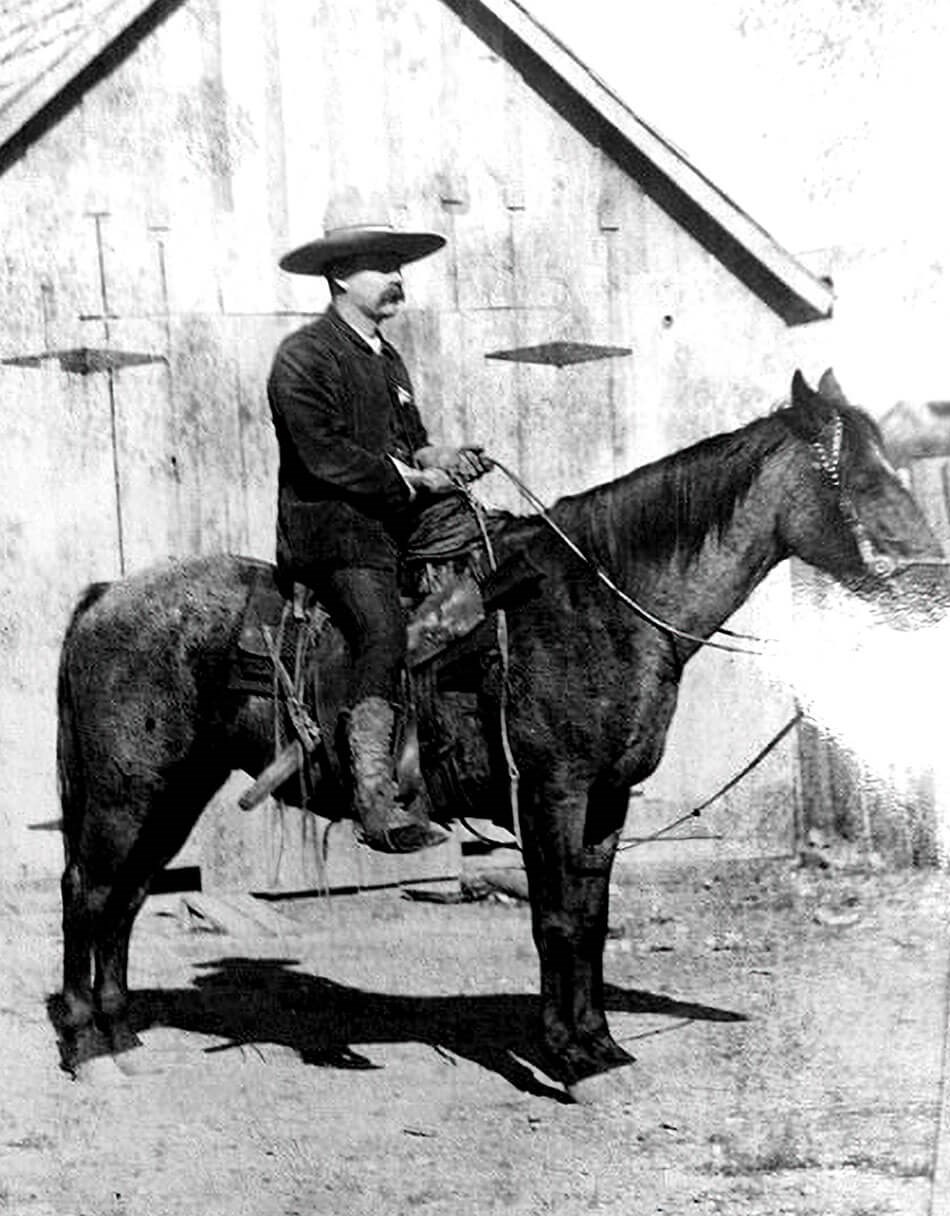
Figure 3: George Goodfellow on his horse El Rosillo, photograph by the Tombstone
photographer Camillus Fry, 1887 - 1891. Image is in the public domain.
In 1891, Goodfellow moved to Tucson, after being named successor of Dr Handy, surgeon of the Southern Pacific railroad. Handy was shot by his wife’s attorney and requested his friend, Goodfellow, treat his wounds. However, despite riding 24 miles on horseback (Figure 3) and then allegedly driving the train himself (as the engineer was going too slowly), he was unfortunately unable to save his life. Following his move to Tucson, Dr Goodfellow was the first to describe a definitive method of total perineal finger enucleation of the prostate, which he initially performed in 1891. However, it was 13 years before he formally published it and claimed credit; this raised some controversy.
Goodfellow travelled extensively across the United States over the next 10 years demonstrating and training other physicians to carry out the procedure. This included a visiting professorship to Baltimore to visit well-known and respected urology Professor Dr Hugh Hampton Young at John Hopkins University. Dr Goodfellow did not use a drain or catheter postoperatively and saw only two deaths in his series of 72 cases.
Goodfellow continued to travel, working in Los Angeles, in a field hospital in the Spanish American War, in San Francisco where his office was destroyed in the 1906 earthquake, and then as surgeon to the Southern Pacific Railroad in Guaymas, Mexico. George Goodfellow died on 7 December 1910 of “multiple neuritis” following a six-month illness said to be related to a disease acquired during the war. Some said the “neuritis” was due to his heavy drinking. He was clearly a good practical and scientific surgeon but had been thrown out of the Naval Academy for bullying (probably racially motivated). He treated lawmen and cowboys with equal care and skill, and braved smoke-filled mineshafts to treat injured miners, but was probably an alcoholic who stabbed someone in a drunken fight. As the Tombstone Coroner, he turned a blind eye to the public lynching of an outlaw giving cause of death as “strangulation, self-inflicted or otherwise” but used his knowledge of Spanish to help negotiate the surrender of the Spanish at the Battle of San Juan Hill and befriended the Apache chief Geronimo. Although I am very interested in his work on early prostatic surgery, I have to admit, George Emry Goodfellow was a much more interesting character than I previous thought!



